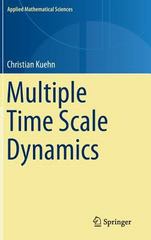Question
1. For a function to have an inverse, it must be _________ invertible one-to-one onto restricted reversible. To define the inverse sine function, we restrict
1. For a function to have an inverse, it must be _________ invertible one-to-one onto restricted reversible. To define the inverse sine function, we restrict the ___________ phase shift period range domain amplitude of the sine function to the interval ______________
2. The inverse sine, inverse cosine, and inverse tangent functions have the following domains and ranges. (Enter your answers in interval notation.)
(a) The function sin1 has domain ________ and range________ (b) The function cos1 has domain________and range__________
(c) The function tan1 has domain_________and range__________
3. Find all angles between 0 and 180 satisfying the given equation. Round your answer to one decimal place. (Enter your answers as a comma-separated list.)
cos() = 3/7
=
4. Find all angles between 0 and 180 satisfying the given equation. Round your answer to one decimal place. (Enter your answers as a comma-separated list.)
tan() = 15
5. Rewrite the expression as an algebraic expression in x.
sin(tan1(x))
6. A 17-ft ladder is leaning against a building. If the base of the ladder is 7 ft from the base of the building, what is the angle of elevation of the ladder? (Round your answer to one decimal place.) ____________ How high does the ladder reach on the building? (Round your answer to the nearest whole number.) ____________ ft
Step by Step Solution
There are 3 Steps involved in it
Step: 1

Get Instant Access to Expert-Tailored Solutions
See step-by-step solutions with expert insights and AI powered tools for academic success
Step: 2

Step: 3

Ace Your Homework with AI
Get the answers you need in no time with our AI-driven, step-by-step assistance
Get Started


